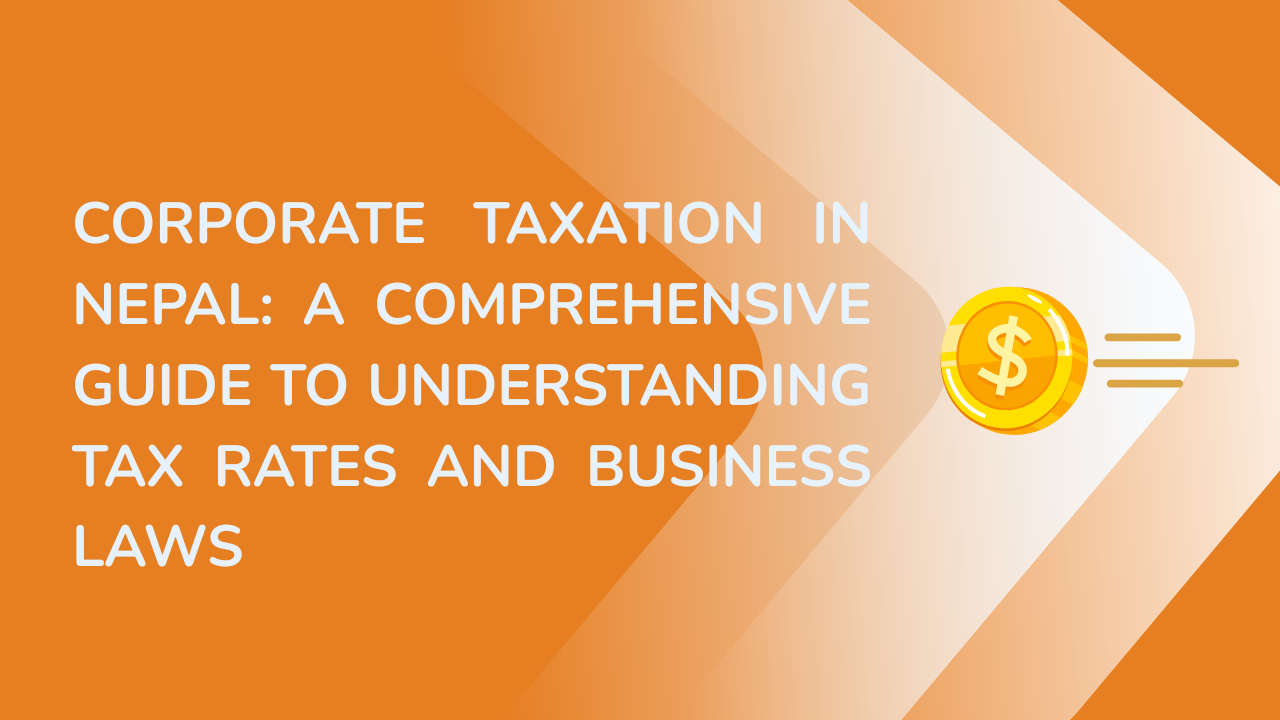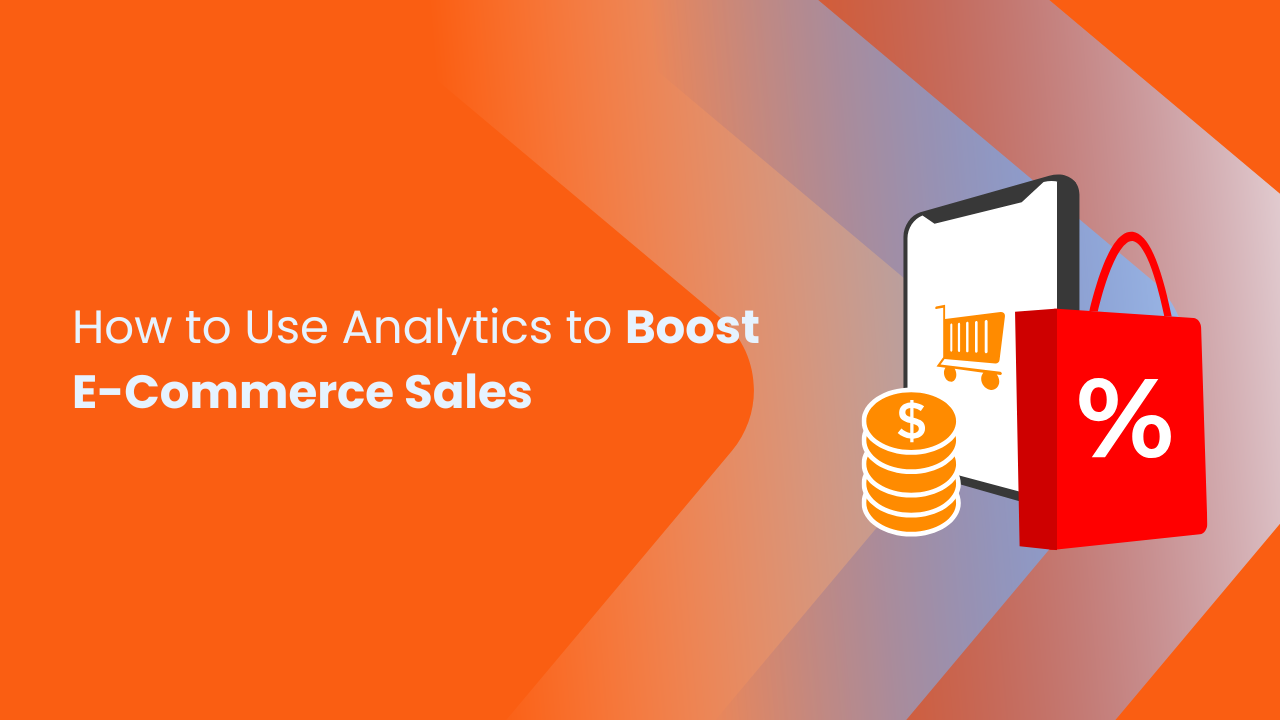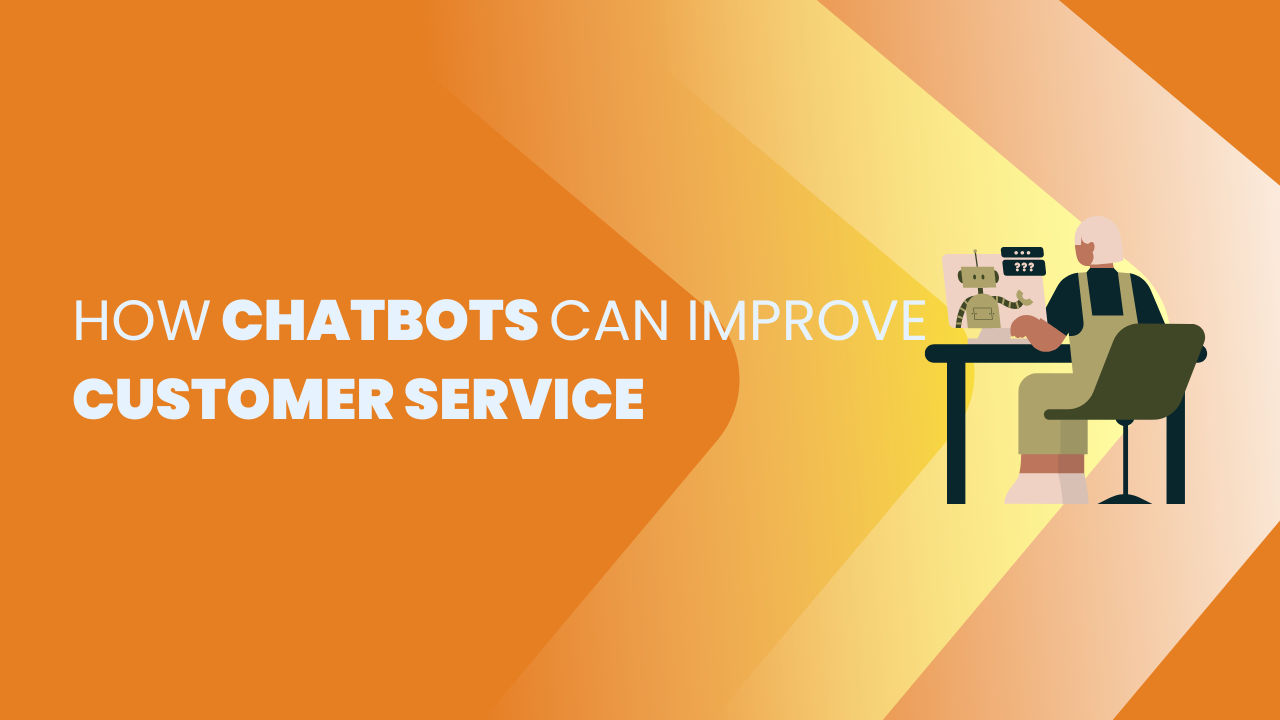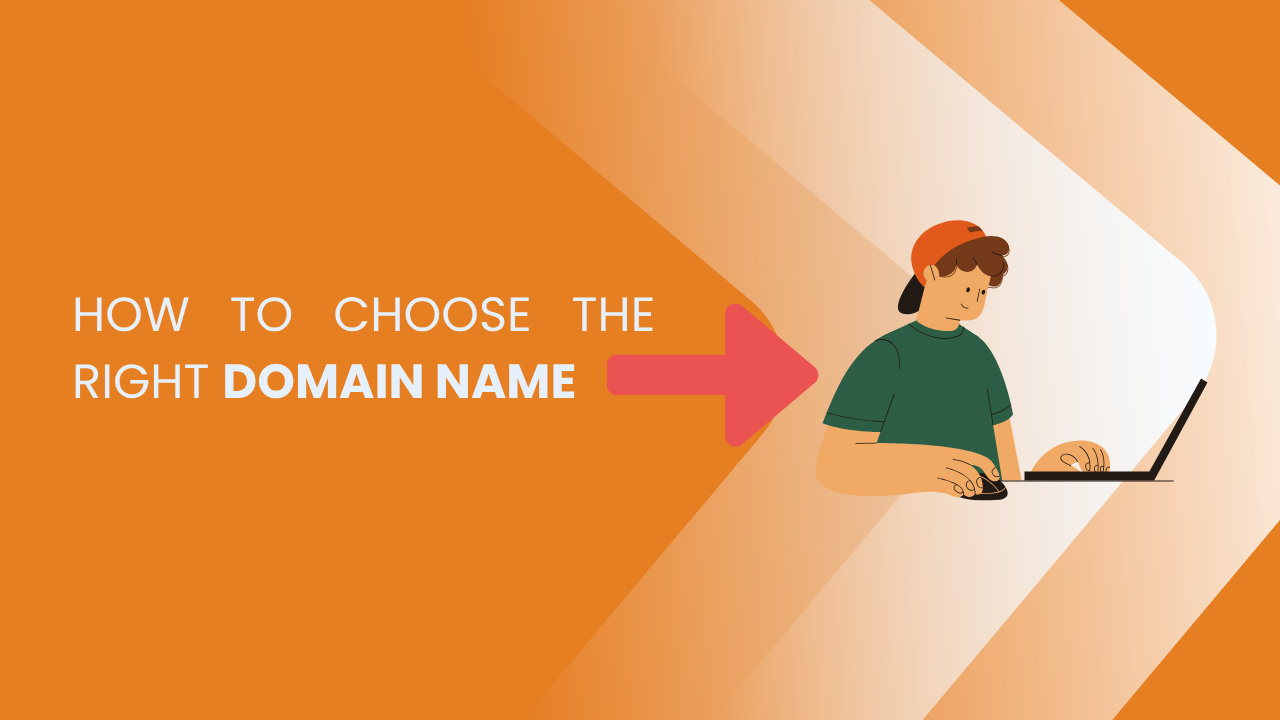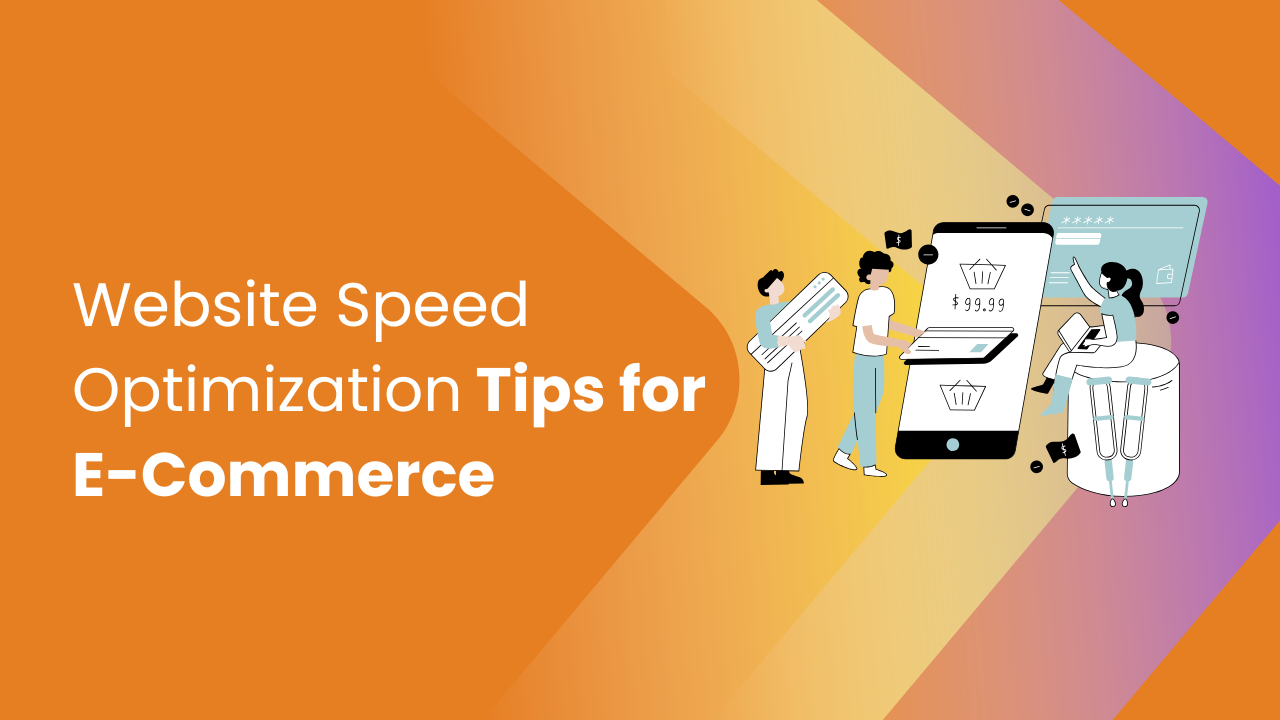Share this Article
Introduction
In the world of e-commerce, website speed is one of the most critical factors determining user experience, conversion rates, and overall business success. Online shoppers expect pages to load quickly, and even a delay of a few seconds can lead to cart abandonment and lost revenue. For e-commerce businesses in Nepal and globally, optimizing website speed is not just a technical necessity—it is a competitive advantage. This article explores practical tips and strategies to improve website performance, enhance customer satisfaction, and boost sales.
The Importance of Website Speed in E-Commerce
Website speed directly influences customer behavior. Studies show that users are more likely to leave a website if pages take longer than three seconds to load. Slow websites frustrate users, reduce engagement, and negatively impact search engine rankings. For e-commerce platforms, this can translate into decreased sales, higher bounce rates, and lower customer loyalty. Faster websites create a seamless shopping experience, encourage repeat visits, and improve the likelihood of completing purchases.
Optimizing Images and Media
Large images and media files are among the main causes of slow-loading websites. For e-commerce platforms that showcase products visually, it is crucial to optimize images without compromising quality. Techniques such as compressing images, using next-generation formats like WebP, and implementing lazy loading can significantly reduce page load times. Additionally, videos should be hosted on external platforms or optimized for streaming to prevent bandwidth overload.
Leveraging Browser Caching
Browser caching allows a website to store certain elements of a page in a user’s browser, reducing the need to reload resources on subsequent visits. For e-commerce websites, this means that returning customers experience faster page loads, enhancing their shopping experience. Proper caching strategies include setting expiry dates for static resources and utilizing content delivery networks (CDNs) to serve cached content efficiently.
Using a Content Delivery Network (CDN)
A Content Delivery Network (CDN) distributes website content across multiple servers located in different geographic regions. When a user visits the website, the CDN serves content from the server closest to them, reducing latency and improving load times. For e-commerce businesses in Nepal, where customers may access the site from various locations, using a CDN ensures consistent performance and faster delivery of images, scripts, and product pages.
Minimizing HTTP Requests and Scripts
Each element on a webpage, such as images, stylesheets, and scripts, requires an HTTP request. Too many requests can slow down page loading. E-commerce websites can reduce this by combining CSS and JavaScript files, minimizing the use of heavy scripts, and eliminating unnecessary plugins. Simplifying the website structure not only improves speed but also enhances overall usability.
Optimizing Server Performance
The server hosting an e-commerce website plays a crucial role in determining load times. High-quality hosting services with fast response times, adequate bandwidth, and robust server configurations are essential. Additionally, implementing server-side caching, upgrading to HTTP/2, and choosing reliable hosting providers can further enhance performance. For growing e-commerce platforms, using dedicated servers or cloud hosting solutions can provide scalable performance to handle peak traffic.
Implementing Lazy Loading
Lazy loading is a technique where images and other media are loaded only when they are about to appear on the user’s screen. This reduces initial page load times, especially on product-heavy e-commerce pages. Lazy loading not only improves speed but also reduces bandwidth consumption for users, providing a smoother browsing experience on mobile devices and slower internet connections.
Reducing Redirects and Broken Links
Excessive redirects and broken links increase load times and disrupt the user experience. E-commerce platforms should regularly audit their website for unnecessary redirects, broken links, and outdated pages. Maintaining a clean and streamlined structure ensures faster navigation and helps search engines index pages more efficiently, contributing to better SEO performance.
Mobile Optimization
With a growing number of consumers shopping via smartphones, mobile optimization is critical for e-commerce websites. Mobile users expect fast-loading, responsive websites that adapt to different screen sizes. Techniques like responsive design, minimizing mobile scripts, and prioritizing above-the-fold content can dramatically improve load times and enhance the mobile shopping experience.
Monitoring and Continuous Improvement
Website speed optimization is an ongoing process. Regular monitoring using tools like Google PageSpeed Insights, GTmetrix, or Lighthouse helps identify performance bottlenecks and areas for improvement. Continuous testing, updating plugins, optimizing databases, and staying current with web performance best practices ensures that an e-commerce platform maintains optimal speed and functionality over time.
Conclusion
Website speed optimization is essential for the success of e-commerce businesses. Fast-loading websites improve user experience, boost conversions, enhance SEO rankings, and increase customer loyalty. By implementing strategies such as image optimization, browser caching, CDN usage, server enhancements, lazy loading, and mobile optimization, e-commerce platforms in Nepal and globally can provide seamless shopping experiences and maintain a competitive edge. In the digital marketplace, speed is not just convenience—it is a key factor in building trust, satisfaction, and long-term business growth.
Categories:
Beginner’s Guides
Tags:
Online Store in Nepal
,
local businesses
,
e-commerce app
,
Small Business
,
strong brand
,
E-commerce



